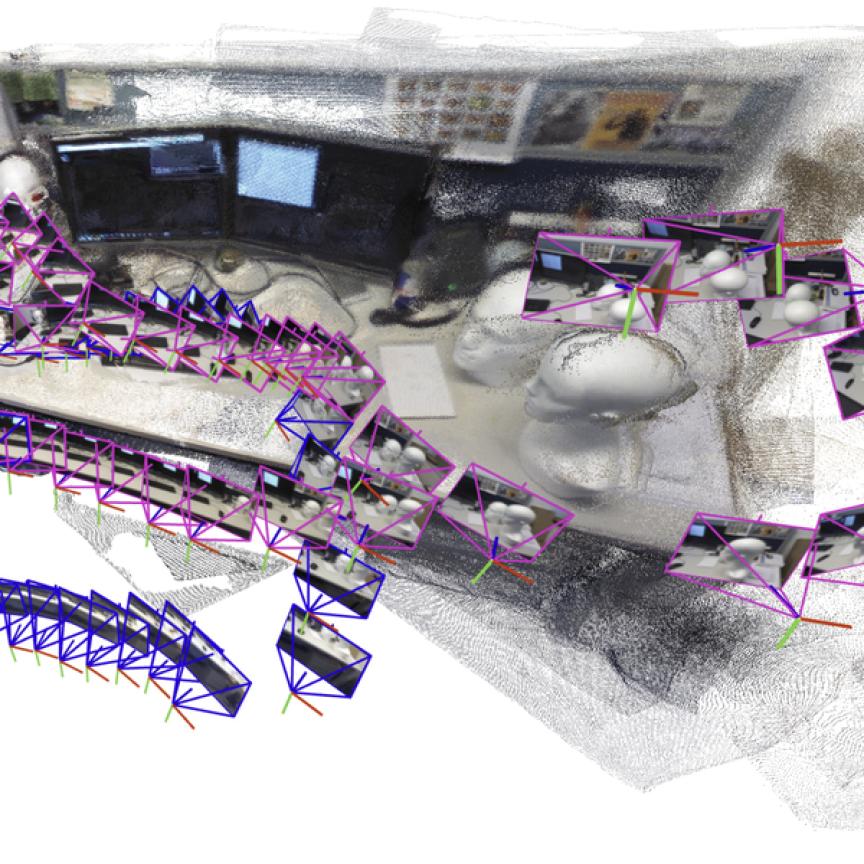Chromasens, a global leader in linescan machine vision technology, today introduced an advanced 3D reconstruction method to its CS-3D-API (Application Programming Interface) library that empowers integrators to build, deploy, and scale higher value 3D imaging systems capable of improved detection of extremely small defects. Based on the semi-global matching algorithm (SGM), it combines global and local stereo methods for more accurate, pixel-wise matching at low runtime.
Chromasens 3D stereo linescan cameras have been unlocking new insights far beyond the capabilities of standard 2D cameras for over a decade, especially in sectors such as semiconductors and automotive sectors. By measuring the precise location, shape, volume, surface angles and degrees of flatness of objects under inspection at extremely high resolutions, Chromasens 3D cameras ensure manufacturers of defect-free products ranging from ball bearings to fresh fruit.
The new SGM algorithm represents an alternative to the traditional Block Matching (BM) method used previously with Chromasens 3D stereo cameras to match corresponding pixels between two images. The primary difference between the two methods is how a matching cost (energy) is computed. For BM, the cost is computed with normalized cross-correlation, while SGM utilizes a specialized Census transformation. As a result, prior knowledge about a surface structure can be incorporated, making the SGM algorithm more accurate in generating 3D point clouds that better identify object borders, and reconstruct fine structures and weakly textured terrain, without artifacts.

